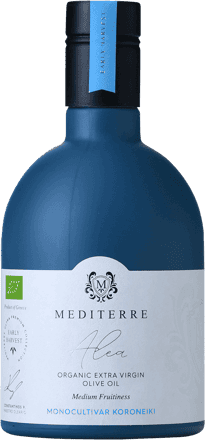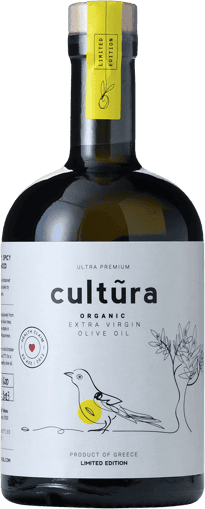Live
Greece
Producers across the country endured olive fruit fly infestations, torrential rain and hailstorms, all of which diminished the quantity of olives on the trees and impacted quality.
2023/2024 Greece harvest report26Gold Award
30Silver Award
 2024 Greece harvest report
2024 Greece harvest report
Inclement weather and many olive groves entering an ‘off-year’ in the olive trees’ natural alternate bearing cycle resulted in Greece’s lowest harvest of the past decade. Farmers and millers yielded about 160,000 tons of olive oil in the 2023/24 crop year, 40 percent below the five-year average. Producers attributed the harvest decrease to extreme weather events, including hailstorms and heavy rain, along with an increased presence of pests and diseases, including the olive fruit fly and gloeosporium. Greece is Europe’s third-largest olive oil-producing nation, with olive groves featuring prominently in the country’s mountainous islands and peninsulas as well as in the rolling plains of the mainland. The Aegean island of Crete is the largest producing region, responsible for about one-third of the country's olive oil output. The Peloponnese peninsula in southern Greece is the main producing region on the mainland. However, olives grow across the Greek mainland and its hundreds of inhabited islands. Greece is renowned for its diverse olive varieties. The most common are Koroneiki and Kalamata. However, Lianelia, Makri, Manaki, Olympia and Tsounati olives are also widely grown. While Greek bulk olive oil exports help Italian and Spanish bottlers meet their annual export quota, the government is also working to promote individually packaged extra virgin olive oil with Geographical Indicators via bilateral and European-wide trade deals. Among the challenges facing Greek farmers are increasingly intense bouts of drought, powerful storms, and unusually high winter temperatures, all of which are seen as the impacts of climate change. Find out more about the latest developments in the Greek olive oil sector here.
2023/2024 Greece Harvest by Numbers

160K Tons
Production
30K Tons
Extra EU Exports


























